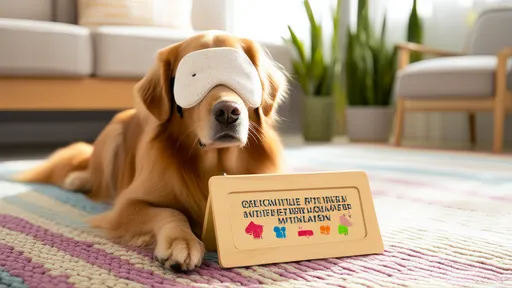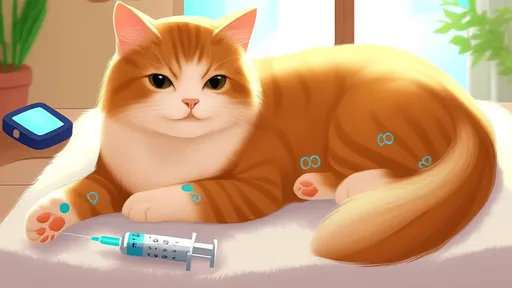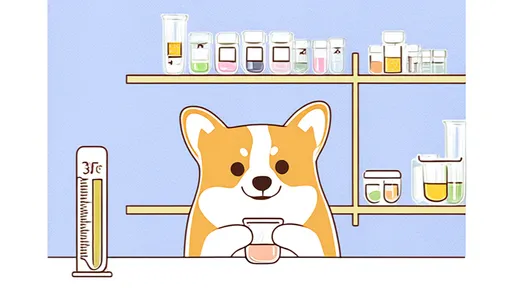As pet owners become increasingly aware of the importance of skin health for their furry companions, the demand for specialized protective clothing to prevent and manage dermatological issues has surged. Skin conditions in pets, ranging from allergies to infections, can cause significant discomfort and require proactive measures. Protective garments designed for pets with skin sensitivities are no longer a niche product but a growing segment of the pet care market.
The right protective clothing can serve as a barrier against environmental irritants, allergens, and even self-inflicted trauma caused by excessive scratching or licking. Unlike traditional pet apparel, these garments are crafted with materials that prioritize breathability while minimizing friction. Veterinarians often recommend them as part of a comprehensive treatment plan for chronic conditions like atopic dermatitis or post-surgical recovery.
Material selection plays a pivotal role in the effectiveness of these garments. Fabrics such as organic cotton, bamboo fiber, or moisture-wicking blends are preferred for their hypoallergenic properties. Synthetic materials, unless specifically designed for medical use, may exacerbate skin issues due to poor ventilation or chemical residues. The weave density should strike a balance between providing coverage and allowing air circulation to prevent moisture buildup, which can lead to bacterial or fungal growth.
Beyond material considerations, the design of dermatological protective wear must account for pet mobility and comfort. Ill-fitting garments can cause chafing or restrict movement, potentially creating new problems rather than solving existing ones. Strategic openings for toileting, adjustable closures, and seamless construction are hallmarks of well-designed protective clothing. Some advanced versions incorporate antimicrobial treatments or UV protection for pets with photosensitive skin conditions.
The market now offers specialized solutions for different types of skin ailments. For hot spots or localized irritation, targeted wraps or sleeves provide coverage without full-body confinement. Pets undergoing allergy testing or treatment may benefit from full-body suits that prevent contact with environmental triggers. Post-operative suits have evolved from the traditional "cone of shame" to more comfortable alternatives that protect surgical sites while allowing normal rest and limited activity.
Proper maintenance of these garments is equally important to their therapeutic function. Frequent washing with hypoallergenic detergents preserves the fabric's integrity and prevents the buildup of irritants. Pet owners should inspect garments regularly for signs of wear that might reduce effectiveness or cause discomfort. Rotation between multiple pieces allows for thorough cleaning while ensuring continuous protection.
While protective clothing can significantly aid in managing skin conditions, veterinarians emphasize that these garments should complement rather than replace proper medical treatment. Regular skin checks beneath the clothing remain essential to monitor healing progress or detect new issues. The integration of protective wear into a pet's healthcare regimen requires professional guidance to ensure appropriate selection and usage tailored to the specific condition.
The development of smart textiles in pet dermatological wear represents the next frontier in this field. Innovations such as fabrics that change color to indicate skin temperature variations or pH imbalances are currently in experimental stages. These advancements promise to transform protective clothing from passive barriers to active monitoring systems, providing pet owners and veterinarians with real-time data about skin health.
As research continues to reveal the complex relationship between environmental factors and pet skin health, the protective clothing industry responds with increasingly sophisticated solutions. What began as simple covering has evolved into a specialized category of pet healthcare products. For conscientious pet owners, understanding the options available and their proper application becomes an important aspect of comprehensive pet care, ensuring comfort and quality of life for animals prone to dermatological challenges.

By /Jul 31, 2025

By /Jul 31, 2025

By /Jul 31, 2025

By /Jul 31, 2025

By /Jul 31, 2025

By /Jul 31, 2025

By /Jul 31, 2025

By /Jul 31, 2025

By /Jul 31, 2025

By /Jul 31, 2025

By /Jul 31, 2025

By /Jul 31, 2025

By /Jul 31, 2025

By /Jul 31, 2025

By /Jul 31, 2025

By /Jul 31, 2025

By /Jul 31, 2025

By /Jul 31, 2025

By /Jul 31, 2025

By /Jul 31, 2025